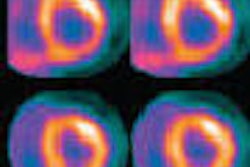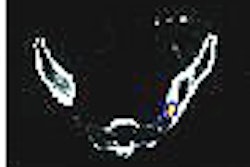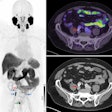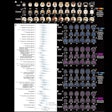Dear Molecular Imaging Insider,
This edition of the Molecular Imaging Insider offers a variety of insights, including research on the efficacy of a new radiotracer, the use of dual-phase PET/CT in distinguishing lung nodules, how healthcare IT will provide help for the coming onslaught of molecular medicine data, and how one company is reacting to a radiopharmaceutical shortage.
Topping the news is research from Germany, offering evidence that the radiotracer Ga-68 DOTA-NOC is as accurate as indium-111-labeled octreotide, the long-time preferred agent for imaging somatostatin receptors on neuroendocrine tumors in vivo.
A recent study has concluded that Ga-68 DOTA-NOC enables the molecular imaging of neuroendocrine tumors and their metastases with very high diagnostic accuracy. Get the rest of the story, which is our Insider Exclusive, by clicking here.
In addition, a new study from Korea shows that the use of dual-phase PET/CT can help distinguish benign from malignant lung nodules when F-18 FDG uptake is low. The intensity of F-18 FDG uptake, the report concludes, is influenced by "biologic nature, size, variation in body habitus, duration of uptake period, and plasma glucose levels." Get the details on that research by clicking here.
In other prominent news, the marriage of healthcare IT and molecular medicine could change the paradigm of healthcare delivery. SPECT and PET have the ability to improve early disease detection, but create an avalanche of data that can bury clinicians. See how healthcare IT can ride to the rescue by clicking here.
In business news, molecular imaging specialists are coping with a temporary interruption in the availability of iodine-131. During the shortage, iodine-131 will be allocated proportionally, based on previous order volume, according to the radiopharmaceutical's supplier. Get the details on this breaking story by clicking here.
Those stories and more in this issue of Molecular Imaging Insider.




















